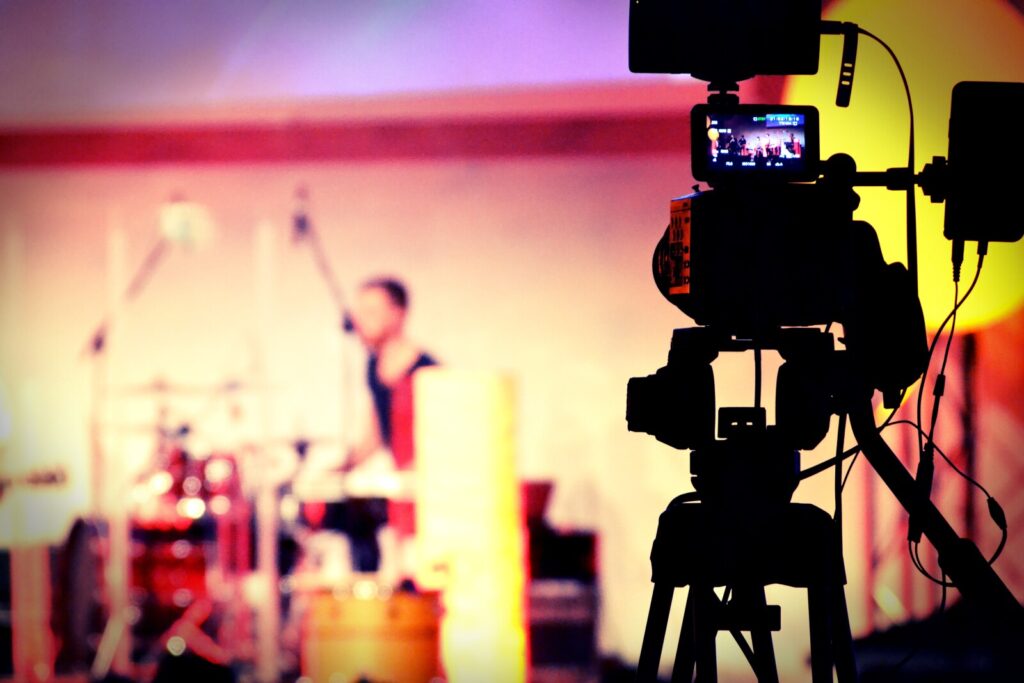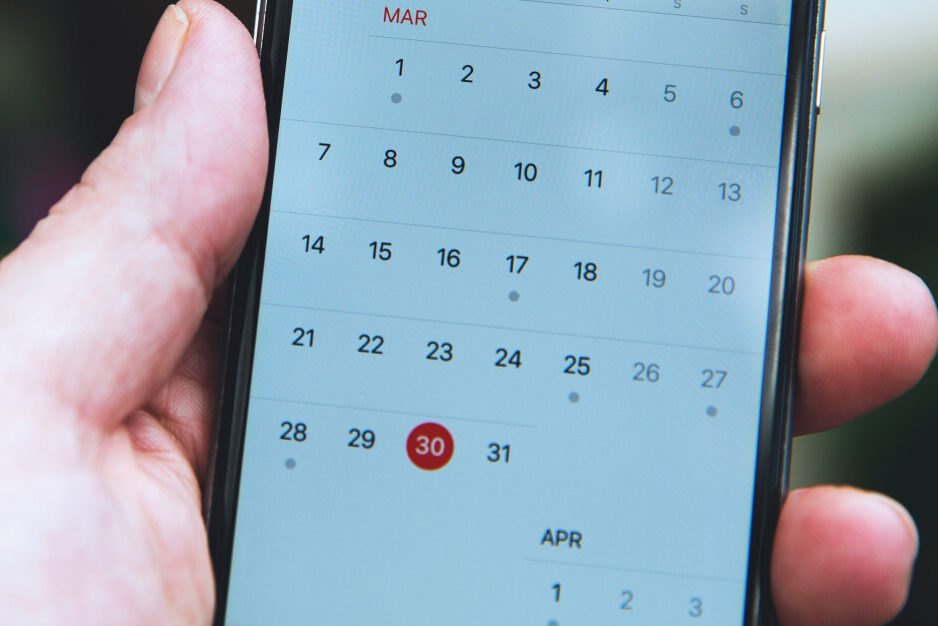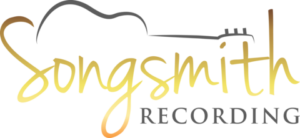
One of the most common and best known means to promote a song or album is the creation and release of a Music Video. However in the modern age with universal access to promotion platforms and easy access to technology for content creation standing out in a sea of musicians has become increasingly challenging. So that means you must do everything to make sure that you have the most effective music video release you can.
That leads us to the premise of the article and that is the importance of making everything you do count. The purpose of this article is not to reinvent the wheel. The purpose is to zero in on the best practices. Once we’ve done that, we’ll be sure that we are putting the best foot forward.
Everything we do is about building momentum. It is about engaging with our audience and increasing the likelihood of reaching new fans. A well-planned release strategy is our way to organize and coordinate everything that needs done.
If you are not sure whether you should release a single or music video first; we have a great breakdown on the pros and cons of each. Bookmark and save!
An Introductory Explanation of Strategy and it’s Components
An effective music video release outlines a plan for the how and when to release a new music video in an effective way. This strategy must take into consideration a number of factors.
Here are some of the most important ones:
- The artist’s goals
- The target audience
- The budget
- The timeline
In addition to those elements the strategy would also encompass any plan for promotion activities. Those activities are intended to create excitement and anticipation for the upcoming release.
Here are some tools for creating a buzz:
- teasers
- behind the scenes footage
- social media posts
- exclusive content
- collaboration
Setting An Efficient Timeline
After defining the elements that go into the video release we must settle in on an efficient timeline. That timeline will feature a launch date for the release of the video. The major promotional dates in the timeline are then arranged to proceed the release.
The video should be released on any notable platform like YouTube or Rumble. It should also be posted on the the artists own website. Additional exclusive content can be used to drive your viewership to an intended platform.
Video Launch Party And More
The strategy may also include some sort of video release launch party or event for your audience. The launch party can also be used to source promotional content. It is also a promotional tool in and of itself.
The strategy should make considerations for additional promotion after the video release.
Typical “continual promotions” would include the following;
- advertising
- influencer partnerships
- touring and events
Set Goals
The goals and the target audience are the two components that will help you guide every aspect of an effective music video release strategy. That will include the content that you create for promotion and the channels with which you use for promotion.
Without having clear goals it can be considerably more difficult to maintain direction and focus. So to be most effective it is important that we define our goals in a way that can be measured. We can measure those goals by desired outcome and time.
Some people ask if they should be planning a music video for every song. Here is the best answer. Read it for a great discussion and actionable tips. Good luck!
What And How To Measure Goals
So what might measurable goals for a music video release look like?
Here are some examples:
Increased Views:
A specific goal could be to reach 10,000 views on the music video within the first week of release. This goal is measurable because you can track the number of views on the video platform.
Boost Engagement:
A measurable goal could be to increase the number of comments on the music video by 50% compared to the artist’s previous video release. This goal is measurable because you can track the number of comments on the video platform.
Drive Traffic to Website:
A measurable goal could be to increase the number of visitors to the artist’s website by 20% within the first month of the music video release. This goal is measurable because you can track website analytics to see how many people are visiting the site. If you do drive traffic to your website you should be ready to sell merchandise. Here’s a guide to help. Read it!
Grow Social Media Following:
A measurable goal could be to gain 500 new followers on the artist’s Instagram account within the first month of the music video release. This goal is measurable because you can track the number of followers on the social media platform.
Increase Streaming Numbers:
A measurable goal could be to increase the number of streams of the song featured in the music video by 25% within the first month of the release. This goal is measurable because you can track the number of plays on streaming platforms such as Spotify or Apple Music.
Setting goals like these create for an effective roadmap for achieving your objectives and measuring your progress along the way.
Define Your Target Audience
The next thing you need to do is to define who your audience is. But, what exactly does that mean? Well, it means you spend a little bit of time having to figure out who really cares about your music. Tools such as Google Analytics and social media insights will help you to gather data about the people who interact with our content online.
When you know and have identified who your audience really is you will better be equipped to target others from those same demographics. After you’ve done that you can use the information to create a ‘fan persona’ which is an blending of all of that demographic information. That blending of details can represent who your ‘typical fan’ really is.
Once you have clearly defined your specific audience you can better target outreach in a number of ways.
A lot goes into taking the steps necessary to thrive as an independent artist. Here is a guide to help you identify ways to thrive. Read it!
Target Outreach
So what might better target outreach look like?
Here are some examples:
Social media advertising platforms:
Platforms such as Facebook, Instagram, and Twitter have advanced advertising capabilities that allow artists to target their audience based on demographics, interests, behaviors, and even location. This can help ensure that the artist’s music video is being shown to the right people.
YouTube advertising:
Artists can also utilize YouTube’s advertising platform to target viewers who are interested in similar music genres, artists, or topics related to their music video.
Email marketing:
Once an artist has built an email list, they can send targeted emails to their subscribers based on their interests and behavior. This can help promote the music video to an audience that is already engaged with the artist’s brand. Here is a guide for creating your list!
Influencer marketing:
Collaborating with influencers who have a similar target audience can help artists reach new viewers who are interested in their music. Influencers can share the music video with their followers, which can help generate buzz and increase views.
Geotargeting:
Artists can also utilize geotargeting to reach viewers in specific geographic locations. For example, an artist may want to target viewers in a specific city or region where they have a large following or where they are doing an upcoming show.
Taking actions like these can better help to increase the chances of a music video being seen by the people who are most likely to engage further with your content.
Plan Your Release Timeline

In addition to guiding your trajectory, executing a well-planned timeline can help you generate excitement and anticipation. It can be a lot of fun for your fanbase to receive updates about the countdown to the release and the activities surrounding that. That said, It is important to be clever and thematic and stick to your schedule. Once you have captured someones interest it is up to you to deliver.
Building a timeline and committing to it also ensures that you have budgeted yourself adequate time to create the content you need. You will also have to be sure that you leave enough time for promoting that content effectively.
Additionally by planning in advance you’ll have given yourself enough leeway to coordinate the schedule you and of every one else involved. That includes any collaborations you’ve arranged with other artists or influencers.
A timeline can also serve as a tool to measure your process through it. Having one is an imperative for managing a strategy and navigating any adjustments that you may need to make on the fly.
Ultimately keeping everything on a calendar will help you to minimize stress. It is intended to save you from having to run around at the last minute and a frantic race.
The Release Timetable
So what might a release timetable look like?
Here is one example:
- Week 1: Teaser trailer release.
- Week 2: Behind-the-scenes video release.
- Week 3: Music video release.
- Week 4: ‘Making of’ video release.
- Week 5: Fan Q&A session.
It is all about building buzz and engagement leading up to the final release and beyond. Each step makes opportunities to connect with your fans in different ways.
Release Timeline
So, what would the important elements of a release timeline look like?
Here are some examples:
Release day and time:
Consider factors like day of the week, time of day, and competition from other releases.
Promotion timeline:
Plan your promotion timeline to include social media posts, email blasts, and influencer outreach.
Post-release activities:
Plan post-release activities like interviews, live performances, and merchandise releases.
Create Compelling Content
it’s important to create high-quality content that is engaging to your audience. In this day and age there is no shortage of spectacle. So you will have to do your level best to cut through the noise in order to stand out. With so much content being generated today you should be sure to create something special. Something that will capture the attention of people whom wouldn’t otherwise care.
Three characteristics of good content would be these;
- Visually Appealing
- Emotionally Engaging
- Shareable
When you are creating content you could also take into account factors that are appealing to audience. This may help you to make content that is ever more relatable.
Spend some time being aware of your audiences:
- Interests
- Values
- Pain Points
Then if you can do so in a genuine and relatable way, create content that speaks to those things. Storytelling is a tool that can be used to both draw in your audience and to keep them interested.
Some ideas of what shareable content might be:
- Incorporating Trending Hashtags
- Eye-Catching Graphics
- Incorporating Humor
- Contests / Give Aways / Events
Promote Your Music Video
In order to have an effective music video release and to have your efforts make a maximum impact, it’s important to have a comprehensive promotional strategy. That strategy should encompass multiple channels and tactics to reach as many people as possible. Creating a music video is just one way to promote a new song or album. To maximize your efforts, you will need to develop a strategy that engages the widest possible audience using multiple channels and tactics.
Some of those channels and tactics may include:
YouTube
- Create a channel for your music and upload the video
Social Media Promotion
- Share your music video on your social media profiles, including Facebook, Instagram, Twitter, and TikTok
Music streaming services
- Release your music video on popular streaming platforms such as Spotify, Apple Music, and Tidal to reach a wider audience.
Music blogs and websites
- Reach out to popular music blogs and websites to share your music video and get featured on their platforms.
Email marketing
- Build an email list of your fans and subscribers, and send out newsletters with a link to your music video.
Paid advertising
- Consider investing in targeted advertising on social media, Google, or music-related websites to reach a larger audience.
Collaborations
- Reach out to influencers or bloggers in your genre or niche. Ask them to promote your music video to their followers.
Live events
- Screen your music video at live events and performances, such as concerts or music festivals
To build long-term relationships with your fans ongoing engagement is crucial. This can be achieved by responding to comments, sharing behind-the-scenes content, and offering exclusive merchandise.
We recently published an article which explores affordable music video promotions, it should be helpful. You should check it out!!!
Measure Your Success

It’s important to measure how effective your music video release efforts are to determine what has worked and what hasn’t. By analyzing the data and insights from tools like Google Analytics, YouTube Analytics, and social media insights, you can gain a better understanding of your audience’s preferences. This can help you to modify and adjust your future efforts.
You’ll want to track metrics like:
- Views
- Likes
- Comments
- Shares
- Click-Through Rates
By refining your approach and incorporating insights from your results, you can become more efficient. Taking the time to measure and analyze your success will allow you to become more effective. All of this will better ensure that you get something back from all the time you are investing in.
Additionally, be sure to set up conversion tracking to measure purchases or sign-ups on your store.
Take the time to regularly familiarize yourself with available data tools. As you gain experience, you’ll become better at identifying patterns and trends.
Someday you may notice that your target audience has a specific characteristic. You may decide to implement a promotional campaign that caters to that audience. That insight might lead to a successful campaign.
By collecting and measuring data, you can create a more informed and comprehensive strategy. That could include knowing which promotion channels to use, which release dates are best, and how to best format your content.
And one more thing, whatever you do don’t forget to promote abroad. You haven’t done all of this work to remain a local artist forever. Read this article for actionable steps for going global. Check it out!
Conclusion
Given the amount of work involved in every aspect of your musical effort, it’s crucial to ensure that you get the best possible return. That means you’ll want to make sure that your music video release is effective. As you gain experience, you’ll be better equipped to identify ways to increase efficiency and effectiveness. For now, it’s important to establish a system that will help you stay organized. It is also important to develop ways to minimize mistakes. With time, you’ll gain a deeper understanding of your audience and learn how to engage them more efficiently.
Take the opportunity to measure what works best and learn how to replicate whenever possible. None of this is intended as rule book or definitive guide on what you must do. It is however a thought exercise to help you consider what may be best to do next. Now get to it!
Bullet Point Release Strategy Example
- Pre-release promotion (4-6 weeks before release):
- Teaser trailers: Create a teaser trailer for the music video and share it on social media to generate buzz and excitement.
- Behind-the-scenes content: Share behind-the-scenes footage and photos of the music video shoot to create anticipation for the release.
- Press releases: Create and distribute press releases to media outlets to generate coverage and interest in the upcoming release.
- Release announcement (2-4 weeks before release):
- Official release date: Announce the official release date of the music video and promote it on social media, press releases, and other promotional materials.
- Press interviews: Schedule interviews with media outlets to promote the upcoming release and generate additional coverage.
- Fan engagement: Encourage fans to participate in the release by sharing their excitement on social media using a branded hashtag.
- Release week:
- Premiere event: Host a premiere event for the music video and promote it on social media, email lists, and other promotional channels.
- Promotional content: Share promotional content such as stills, quotes from the artist, and exclusive behind-the-scenes footage.
- Influencer marketing: Partner with influencers to promote the music video to their followers and generate organic reach.
- Post-release promotion (1-2 weeks after release):
- Follow-up content: Share follow-up content such as behind-the-scenes videos or interviews with the artist.
- Social media engagement: Engage with fans on social media by responding to comments and sharing user-generated content.
- Performance opportunities: Book live performances or appearances to promote the music video and engage with fans in person.
This is just an example of a release strategy with a calendar of events and timetables. It’s important to customize the strategy to fit your goals.
